When we stored water that too we did in style. Style is incorrect. Splendour or magnificence is the right word for it.
We stored water in stepwells. Stepwells (bawdi or baoli or vav) are in essence wells in which the water can be reached by descending a set of steps.
Stepwells are most certainly one of India’s most unique, but little-known, contributions to architecture.
Stepwells were most common in western India, especially in Gujarat and Rajasthan.
stepwell- Adalaj, Gujarat
stepwell-Adalaj-Gujarat
Stepwells were built deep into the earth about 5 to6 storeys in height. These wells were designed to bring people & god and water & life together. These wells meant to entice everyone to leave their abode for a cool drink of water and retreat.These were for dependable, year-round groundwater.
Stepwell-Bundi, Rajasthan
Stepwell carvings
stepwell-Pushkarni,Vijayanagara-Karnataka
Rani ki vav, Patan, Gujarat
The vavs or baolis (stepwells) consisted of two parts, a vertical shaft from which water was drawn and the surrounding it were the inclined subterranean passageways, chambers and steps, which provided access to the well. The galleries and chambers surrounding these wells were carved generously, which became cool retreats during summers.
Walls of stepwells were lined with blocks of stone, without mortar, and created stairs leading up to the water.
While appreciating the carvings let us not forget the science and engineering skills behind these. So many pillars and lintels are made to support the five or seven storeys and that too everything under the surface of the earth.
Stepwells have also withstood the earthquakes in the range of 7.6 on the Richter scale – the large flat stones joined superbly are hard to move.
These were rainwater harvesting methods of that period.
(An immensely practical idea, the stepwell lost out with the advent of British Raj, who were extremely unhappy with the quality of hygiene that existed in these wells, they installed pipes and pumps.)
Stepwell-Imambara and Adalaj
click to enlarge
Stepwells may be covered or open. (Open wells are mostly called tanks).
Stepwells may be a separate construction or part of a temple ( As In Modhera, Gujarat).
Sun temple & vav, Modhera, Gujarat and Bundi, Rajasthan
Imamabara, Gujarat, Rohtas Fort
A few more interesting facts:
Bundi in Rajasthan came to be known as ‘city of stepwells’.
The most extravagant of stepwells is the Rani ki Vav, at Patan in Gujarat.
(The Rani Ki Vav (Queen’s well) at Patan, is the most magnificent of all stepwells created in 1032 A.D. by Rani Udayamati. Multi-storey colonnades and retaining walls link a stepped tank to a deep circular well. Throughout, the ornamentation is sumptuous. Columns, brackets and beams are encrusted with scrollwork and the wall niches are carved with figures. Hindu deities alternate with alluring maidens on the walls flanking the staircase.) It belongs to Solanki School of temple architecture
The construction cost of Adalaj vav was 5 lakh tankas (silver coins). This vav is open octagonal surrounded by galleries on four levels with circular well at the bottom.It is the finest example of the Muslim period.
Several thousands stepwells were built in western India.
The grandest period of the stepwell construction spanned from 11th to 16th century,
Numbers of surviving hydraulic monuments (stepwells) can be found in Gujarat, Rajasthan, Delhi, Madhya Pradesh, and Maharashtra.
stepwell-carvings
Adalaj Rani ki vav
Adalaj vav, Ahmedabad, Gujarat
(designflute ps: More then 20 days back I decided to do a post on temple architecture of India. But I could not do it till now. The reason is very simple. The subject matter was so vast. I lost my way as to start from where.
But my post ‘fruits on my dining table’ solved the problem as the designer Vibhor Sogani has designed a stepwell candle holder.
I was immediately reminded of stepwells of Junagarh (navghan vav & adi-kadi vav) and the goosebums!
I knew I had to do this post.)
(Images:@ flickr Prabhat Mahapatra, Shobhit Agrawal, Saad, venusalasa, Prachi & cheeseholiday)
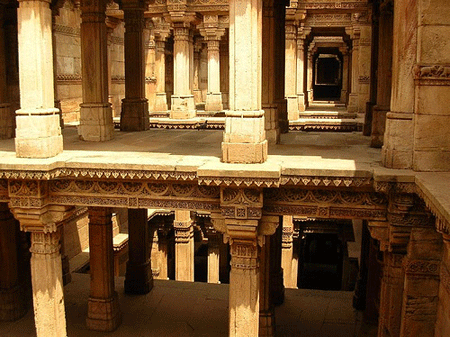

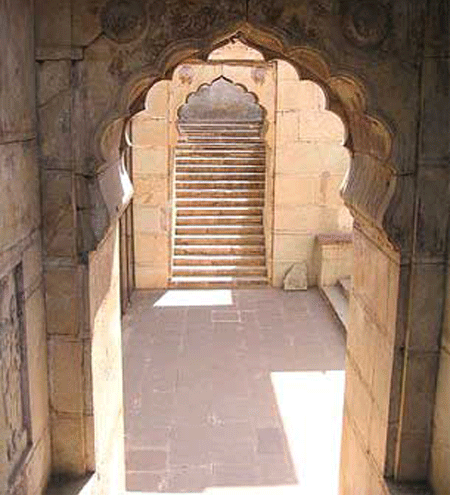
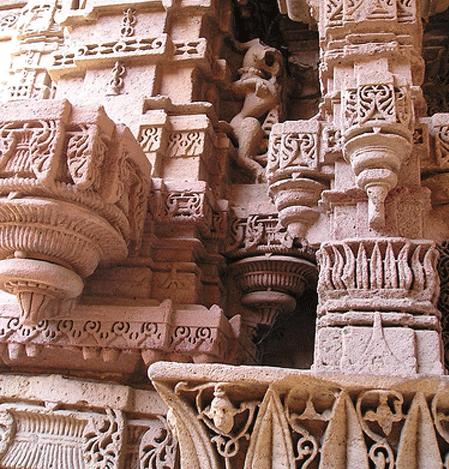
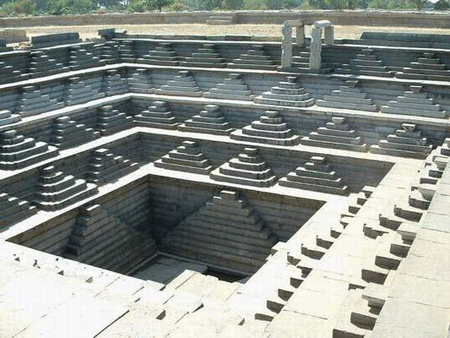
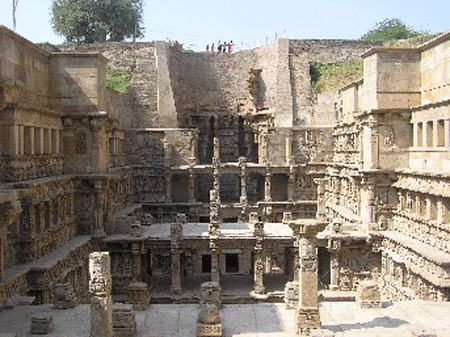


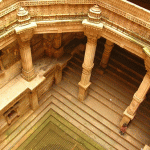
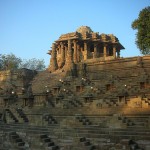


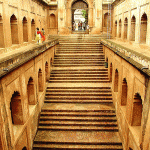


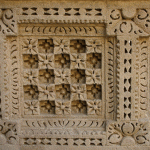


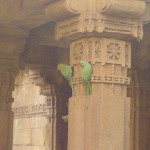




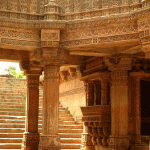
I loved the pictures very nice i didn’t even there is step wells also thanks very much i could learn something from this
Very nice post. And beautiful pictures, too.
Hi Design Flute,
My mom had introduced me to stepwells of Gujarat and she told me something that many dont know.
One of the well kept secret of some of the step wells was that it also had hidden doors and chambers that led royal people, specially the queens to escape from being captured. They would simply fall in the lake and pretend to be drowned but in reality, they would open hidden chambers and escape elsewhere. Mom had also told me that a few private vav’s also had hidden chambers with loads of emergency stuff so that people could live there in secret for days. More like underground bunkers we have today.
Now get it, they were underground palaces….
Dhara
can u send me the name of stepwell was shown in film paheli of shahrukh khan. in 2005, probably it is from rajasthan, please send in my mail id.
I love your blog… I love this post.. It’s so exotic, so grand, so awe inspiring! I am also stunned that I know so little about stepwells (kicking myself for it)! Beautiful, beautiful post! Keep them coming!
UNRELENTING – is the word that comes to my mind when i see this. but the world only knows taj mahal.
I just love the way they constructed and stored water in those days:-)
The image of ‘Pushkarini’ in Hampi is so fresh in my mind:-))
Thanks for sharing:-)
Arch
Amazing photographs & artistic way in which to store water, thanks for sharing this with all of us!
Beautiful Picts! Indeed a Very Nice Post!
Sundar che 🙂 bahut bhallo 🙂
Ancient Indian Architects were simply genius; the right use of material in their architecture was brilliant. We have a long heritage of undiscovered brilliant architecture.
Hope someday we discover it all 🙂
N’Joy
Kanchan